The saying holds true for dog training. An ounce of prevention is worth a pound of cure.
My hope for animal training and pet owning is that in the next few years we see a shift towards emphasizing prevention of behavior problems rather than major problem solving.
Why prevention?
If you focus on prevention, rather than waiting for a problem to occur, you have some advantages. First, it’s a better use of your time and energy. Solving a behavior problem when you’ve already lived with it for weeks, months, or years can be both daunting and exhausting. You might already be burned out from living with the problem for a long time. Doing the work to change the behavior can be hard when you already feel used up.
Second, your dog won’t have the history of practicing the unwanted behavior. If your dog barks at the mailman for years before you start to change that behavior, it’s much harder! Your dog has years of practice with “barking at the mailman = mailman goes away”. That history can mean the behavior will come back easily, even if you are successful in changing it.
How to focus on prevention?
There’s a few things to consider in order to be effective at preventing problems before they start, or at least before they get big.
1. Visualize and write down what you would you like your dog to do. Each time I’m about to encounter a new-to-my dog scenario, I ask – “what do I want him to do here”?
Example: When I’m watering the vegetable garden, I want Doug to lie down nearby and stay until I release him to chase the water.
2. Build the necessary skills and behaviors so that your dog can do those things.
Example: Doug has learned lie down on cue, but the water is really really enticing! I have to work on this slowly so that he can lie down and stay for long enough for me to water. I might begin with just 1-2 seconds of seconds of lie down and stay while the water is on.
3. Manage the situation for success if your dog’s skills aren’t ready for the real deal.
Example: Doug stays inside while I am actually watering the veggie garden until he can lie down and stay in the presence of the hose for long enough that I can water the garden.
4. Reinforce the behavior you like with something you dog actually wants in that moment.
Example: Doug’s reinforcer for staying while I water is to chase the water in the grass near the garden. If I toss a ball while the hose is on, he watches me toss it and then looks at me. He does not want to fetch (normally his favorite game). If I stop providing water-chasing time after his down stay, I would fully expect him to start to charge into the garden at the hose.
For the example above, Doug did charge through my veggie garden to chase the hose water once before I created this training plan. But as soon as I caught myself thinking, “GAH DOUG!!!”, I stopped. I put him inside to prevent practice of that behavior so that I could finish watering and I came up with a plan. We can’t predict everything our dogs will experience nor can we anticipate everything they might do in specific situations. Like in this example, there will be times where a problem will pop up and you’ll have to solve it right away. And that might be the closest you can get to prevention in some situations.
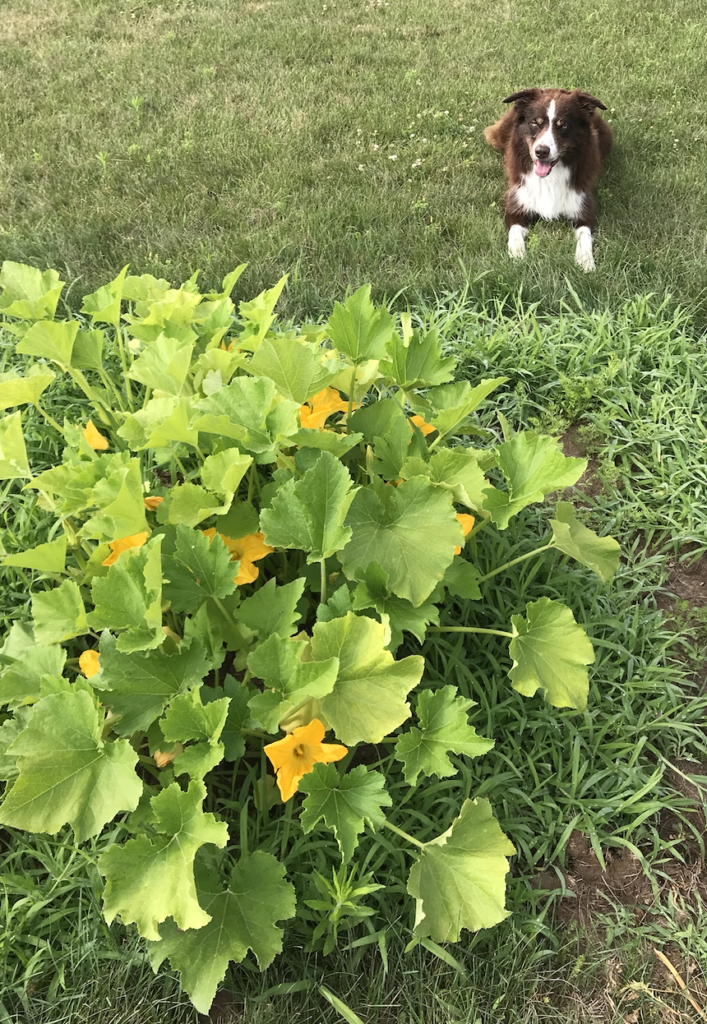
However, there are many experiences your dog will encounter every day or multiple times a day for his whole life. Some examples: Being with you in your living room while you watch TV or read. Being with you while you work from home (like so many of us are doing now). Going on walks in your neighborhood. Spending time with your family members. Playing with toys. Eating meals near people or other pets in the house. And so on. These things will vary based on your lifestyle, household, and where you live.
No matter how long you’ve had your dog – start this now! You can come up with your own list by thinking through your own personal daily or weekly routines and the routines that you’ll go through to care for your dog. From there, ask:
- What do you want your dog to do in each of these situations?
- Does your dog have the skills to actually do that behavior? If not, what do you need to teach to get there?
- How can you manage the scenario while your dog develops those skills?
- And how are you going to reinforce those behaviors so that they persist?


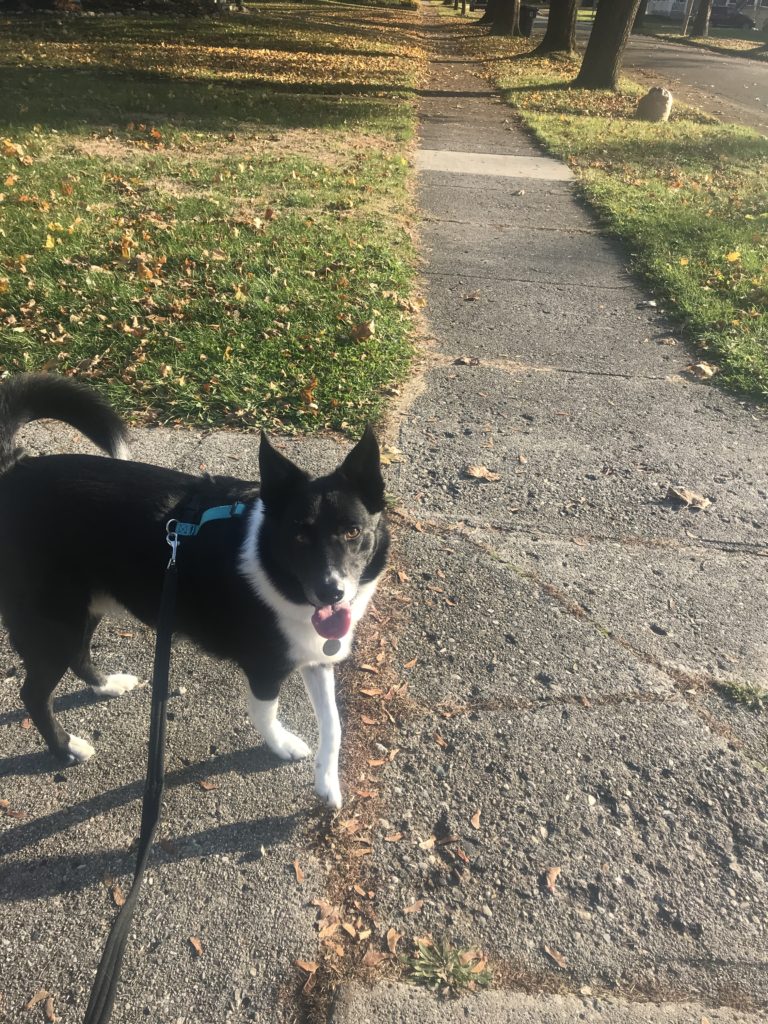
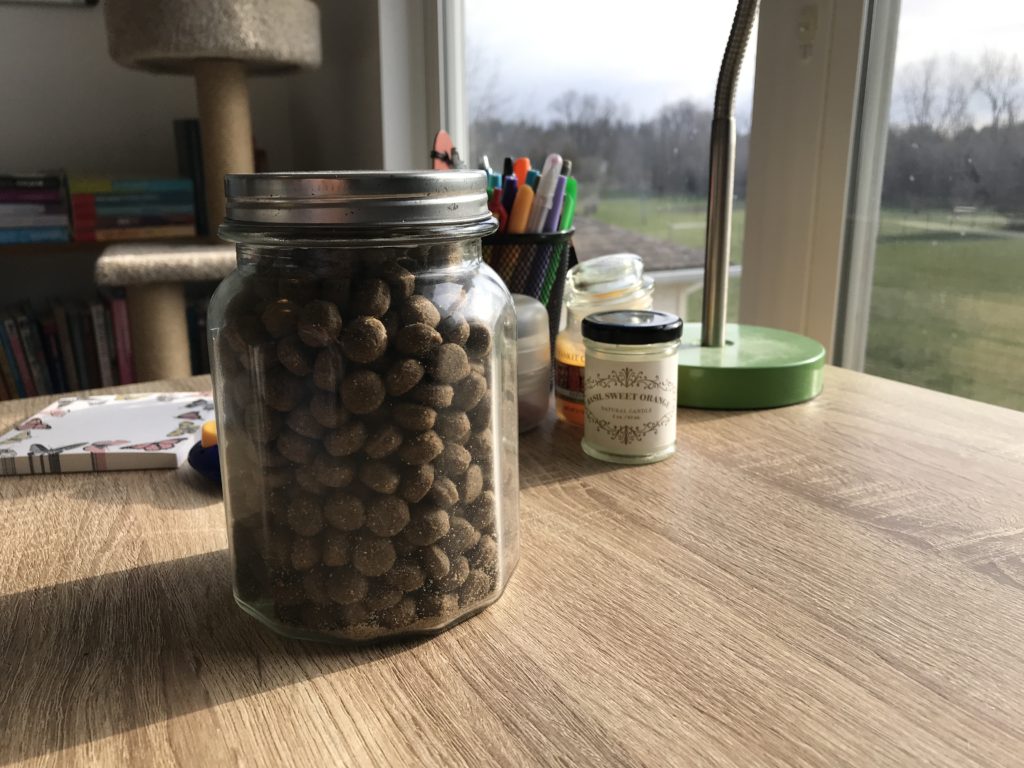






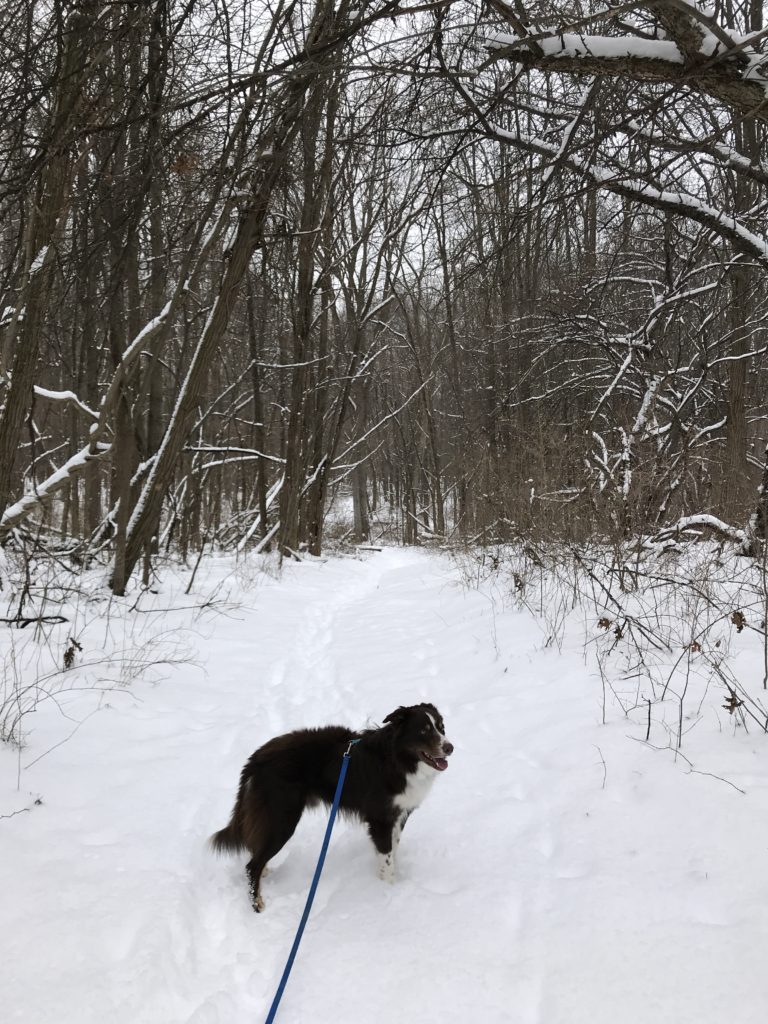
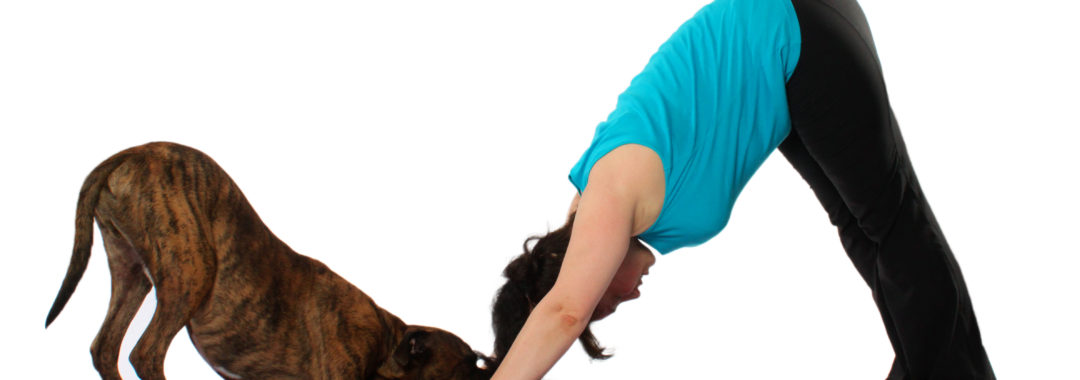
![Dog and Human, doing yoga together: ErharYaksaa [CC BY-SA (https://creativecommons.org/licenses/by-sa/4.0)]](https://i0.wp.com/www.lauraperkinsanimalbehavior.com/wp-content/uploads/2020/01/Downward_Dog_Pose_Doga-CC-Free-to-use-scaled.jpg?fit=720%2C416)










